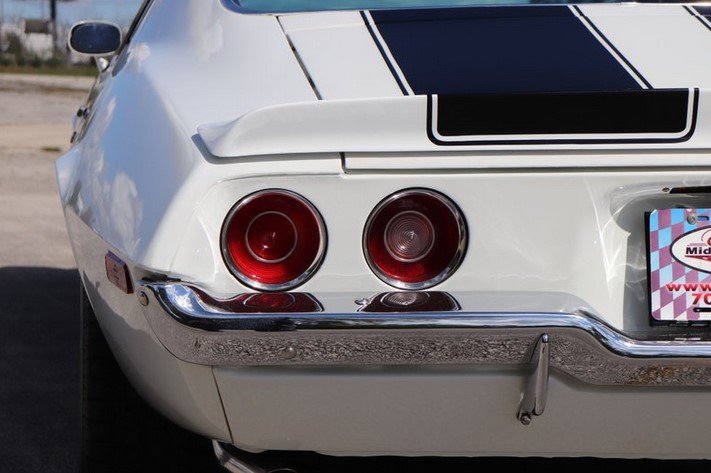

The 1970 Chevrolet Camaro was a classic muscle car that was popular among car enthusiasts. The tail lights of the 1970 Camaro were an iconic part of the car’s design. The tail light assemblies for the 1970 Camaro were designed to be both stylish and functional. They featured a unique design that was both eye-catching and efficient. The tail lights were also designed to be durable and long-lasting, ensuring that they would remain in good condition for years to come. With their classic design and reliable performance, the tail light assemblies for the 1970 Camaro are a great choice for any car enthusiast looking to restore their classic muscle car.
How to Replace the Tail Lights on a 1970 Chevrolet Camaro
Replacing the tail lights on a 1970 Chevrolet Camaro is a relatively straightforward process. This guide will provide step-by-step instructions on how to complete the task.
Before beginning, make sure to have the necessary tools and materials on hand. You will need a Phillips head screwdriver, a flathead screwdriver, and a replacement tail light assembly.
Step 1: Open the trunk of the Camaro and locate the tail light assembly.
Step 2: Using the Phillips head screwdriver, remove the screws that secure the tail light assembly to the trunk.
Step 3: Carefully remove the tail light assembly from the trunk.
Step 4: Disconnect the wiring harness from the tail light assembly.
Step 5: Install the new tail light assembly by connecting the wiring harness and securing it with the screws.
Step 6: Test the new tail light assembly to make sure it is working properly.
Once the new tail light assembly is installed and tested, the replacement process is complete. With the proper tools and materials, replacing the tail lights on a 1970 Chevrolet Camaro is a relatively simple task.
The History of Tail Lights on the 1970 Chevrolet Camaro: From Design to Installation
The 1970 Chevrolet Camaro was a revolutionary car, and its tail lights were no exception. The design of the tail lights was a major departure from the traditional round or rectangular lights of the past. The new design featured a unique, angular shape that was both stylish and functional.
The tail lights were designed to be both aesthetically pleasing and highly visible. The angular shape allowed for a larger surface area, which increased the amount of light that could be emitted. The lights were also designed to be more aerodynamic, reducing drag and improving fuel efficiency.
The installation of the tail lights was a complex process. The lights had to be mounted securely to the body of the car, and the wiring had to be routed through the body and connected to the electrical system. The wiring was also connected to the brake lights, turn signals, and reverse lights.
The installation of the tail lights was a time-consuming process, but it was necessary to ensure that the lights were properly installed and functioning correctly. The installation process was also important to ensure that the lights were properly sealed and waterproofed.
The tail lights of the 1970 Chevrolet Camaro were a major design departure from the traditional round or rectangular lights of the past. The unique, angular shape of the lights was both stylish and functional, and the installation process was complex but necessary to ensure that the lights were properly installed and functioning correctly. The tail lights of the 1970 Camaro were a major step forward in automotive lighting technology, and they remain a popular choice for classic car enthusiasts today.
Conclusion
The 1970 Camaro Tail Light Assemblies are a great way to add a classic look to your classic car. They are easy to install and provide a great look for your car. With the right care and maintenance, these tail lights can last for many years and provide a great look for your car.